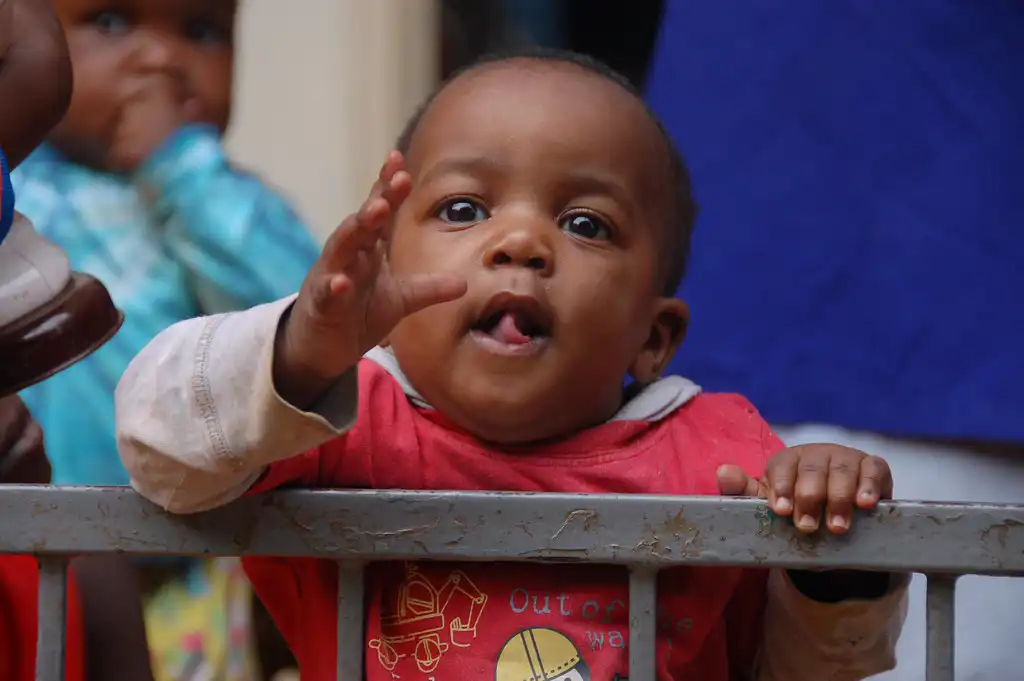The moment your toddler is able to grasp a chunky crayon, is when a new journey into the world of colors and creativity begins. It's an important developmental milestone for toddlers as it enhances finger strength and control. Moreover, it’s the first step towards understanding representation of objects, shapes, and letters through lines and marks.
Now, are you wondering how to unleash the Picasso in your little one? Well, providing ample opportunities to scribble can do the trick. But brace yourself, as your toddler might get so engrossed that he or she might end up scribbling all over the place, but that's the beauty of creativity, isn't it?
Let's delve deeper into the best time to introduce coloring to your child. You can put your anxious searches on Google to rest. The curtains rise on this fascinating journey of self-expression between 12 to 15 months. However, remember that every child is unique and learning to draw is a phased process.

Here's a snapshot of the timeline your future artist is likely to follow. By 12 to 15 months, your toddler's pincer grasp (ability to hold objects with thumb and forefinger) should be well developed, marking the readiness for picking up a crayon. At this stage, your child would create unintentional arcs, blobs, scrawls – a pure indulgence in the pleasure of wielding colors rather than the technique.
Between 15 to 18 months, your toddler's coloring and scribbling is expected to morph into more intentional and expressive renditions. You may struggle to discern clear forms in the whirls of colors, but expect to see blocks of colors, and more definite marks and patterns.
By 18 to 24 months, your young creative genius will start filling up more space on the paper, and every crayon stroke will start to symbolize something. For instance, those circular squiggles could be their pet puppy or those striking lines could be their loving dad.
When it comes to selecting art supplies for your toddler, safety should be your top priority. Understandably, your toddler will put nearly everything he or she sets hand on, into the mouth. So, it's imperative to ensure that all supplies are non-toxic. You will want to avoid pencils and pens due to their sharp points posing a poking risk.
To optimize your child's scribbling sessions, you can tape a few sheets of paper to the tray of the high chair or the floor. This will curtail any possibility of the paper sliding around and causing frustration. Provide a few chunky, non-toxic crayons as these are easier for small hands to hold and they don't break easily. Rest assured, your toddler will independently discover the exciting cause-and-effect of marking the paper with a crayon.
While a certain amount of crayon nibbling is unavoidable at this stage and shouldn't do any harm, it's important to discourage it at the same time. Additionally, watch out for potential stomach Upset.
As with any toddler activity, close supervision goes a long way in ensuring safety. However, you should refrain from guiding your little explorer in creating their masterpiece. Instead, encourage them to push their creative boundaries.
Is your toddler showing disinterest in drawing or scribbling? Well, fret not, for the possibility of creative expression is limitless. They might be inclined towards other media and techniques such as chalk drawing on the sidewalk, constructing kaleidoscopic collages using glue, paper, fabric, and feathers or painting with non-toxic, water-based paints using a paintbrush or sponges. Encourage your child's unique preferences and watch them evolve into budding artists.
Does your child show difficulty with releasing held objects by 12 months, is still using a fisted grasp to hold crayons, doesn’t exhibit a pincer grasp at 18 months, or fails to imitate a drawing of a vertical line by 24 months? It would be wise to consult your pediatrician in these cases.
By around 3 years, once your toddler becomes proficient at scribbling and coloring, they will start creating more recognizable imitations of shapes. Expect to be greeted with cherishable circles and more such shapes.
When does your toddler start drawing people you ask? Prepare for adorable renditions of your family around the age of 4. Though these might be rudimentary artistic attempts with just a face and body parts, your child will also start illustrating familiar objects like the sun or flowers around the same age.
As your child steps into the kindergarten stage, they will be able to differentiate between drawing and writing. Consequently, possibly for the first time, you might witness a description of their creations under their prized sketches.